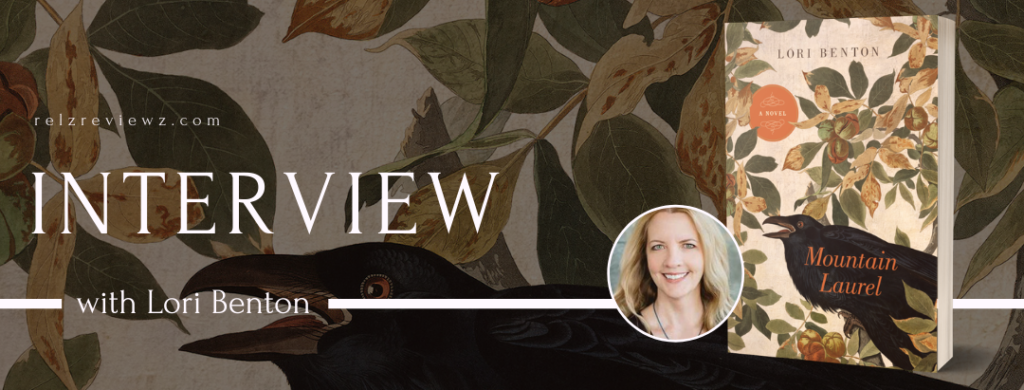
I’m welcoming historical author, Lori Benton, back to Relz Reviewz today. I’ve long been an admirer of Lori’s storytelling from the moment her debut novel, Burning Sky, released in 2013 to accolades usually reserved for experienced authors and took out all the awards!
Lori shares about her writing journey, her other creative outlet – photography (it’s stunning!) – some insights into her newest release, and some very exciting news about the sequel and a beloved character from Burning Sky who readers will meet again!
Over to you, Lori…
Interview with Lori
How did you start writing novels? What drew you to this period in history?
Some who have read my books might know I wrote my first story in third grade, but didn’t get serious about writing (and attempt a full blown novel) until I was in my early twenties. I tried my hand at various genres before I began writing historical fiction set during the 18th century. What drew me to this period was a book set during the 1760s, Drums Of Autumn by Diana Gabaldon, and a Revolutionary War movie, The Patriot (Mel Gibson/Heath Ledger) which I watched at about the same time. They brought this era in history alive for me in a way school lessons never had.
In addition to writing, you also do a lot of nature photography. How do those two art forms relate for you?
With both I seek to create a mood, tell a story, or evoke an emotional response, but there’s a fundamental difference. Writing as a creative work is draining, while photography tends to fill my creative well, in part because I get to spend time in the spectacularly beautiful Pacific Northwest capturing the photographs. Then I edit them in my downtime using various phone apps. That’s pure fun. Writing has its moments of fun too, but a lot of left-brain work goes into constructing, editing, and promoting a novel that photography as a hobby doesn’t employ.
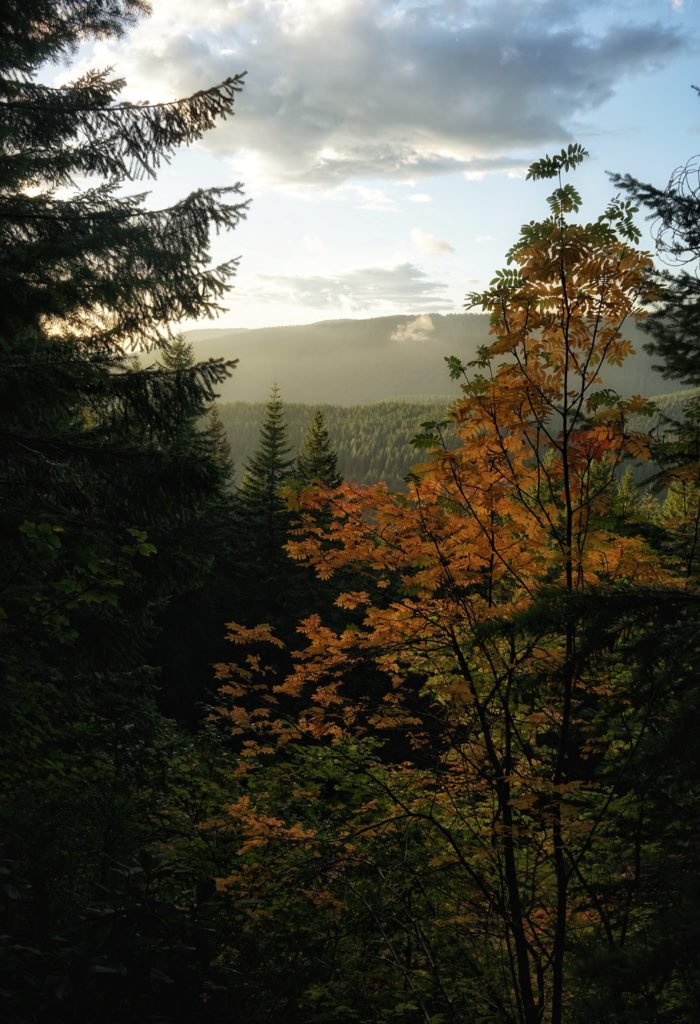
How is Mountain Laurel different from your previous books? What made you want to write about this specific setting and situation?
Mountain Laurel bears the strongest connection to my 2019 release, The King’s Mercy. Both tackle issues of slavery, freedom, and injustice. The rest of my previous books have been set on the 18th century frontier and deal with the collision of world views between Native Americans and European settlers. In all my books readers will find characters who have, willingly or not, crossed a line between cultures and changed because of this experience.
What made me want to write about Mountain Laurel’s specific setting and situation is a mixture of the profound and the playful. The profound has to do with the aforementioned book, Drums of Autumn. In it a minor character, an enslaved young man called Josh, spoke with a Scottish accent though his ancestry was African. Josh had grown up hearing the speech of his Scottish owners so that’s who he sounded like. This unexpected attribute drove home to me how the unique circumstances of our upbringing help create who we become. We’re born to a certain people group, but extraordinary influences can instill in us unique qualities not all in that group share. My ponderings on Josh, and a long string of what if questions, led to the creation of several characters in Mountain Laurel—one of them my protagonist, Seona. I chose North Carolina for a setting because of all the southern states I’m most familiar with that one, but when did I want this book to be set? The Patriot movie settled that—I fancied the look of the knee breeches the male characters wore! After learning when they went out of style (after 1800), and not wanting to write about a war, I picked 1793.
What kind of research did you do to inform this book?
Mountain Laurel is the first 18th century-set book I wrote and I came to it largely ignorant of the time period. Initially I researched and wrote the novel from 2004 through 2009. That early research consisted of reading hundreds of books on topics ranging from 18th century life (what they wore, ate, lived in, did for work and play) the history of Colonial America in general and North Carolina specifically, to more specialized topics like plantation economy, slave laws, the Underground Railroad, Eli Whitney’s cotton gin, the Dismal Swamp Canal, the Scottish Jacobite Rising, how to construct a dovetail joint, treat malaria, and fire a black powder rifle. I talked to an acquaintance who was stalked by a mountain lion. I watched every documentary on the 18th century I could get my hands on, spent thousands of hours online, and took a memorable road trip through western North Carolina, visiting historical sites near the story’s setting.
Could you tell us a little about the main characters in your novel and the challenges they faced?
After a couple of false starts, Ian Cameron is once again trying to establish a life that will make his father proud—though he’d settle for not disappointed. But in his newly adopted role as his slave-owning uncle’s heir, Ian finds himself at odds with the southern acceptance of slavery. Clearly he’ll need something more compelling than familial expectations to guide him through the web of kinship, oppression, and casual cruelty in which he finds himself entangled.
As an enslaved young woman, Seona has few avenues of self-expression. The one she’s found—drawing on scraps of paper she manages to scrounge—has been uncovered. To Seona’s surprise, Mister Ian encourages the endeavor, keeping her secret. But opening herself to trust her master’s nephew in this one thing leads to complications Seona could never foresee. When more than one path to freedom is presented her, she must choose which she will take, and whether Ian Cameron should have anything to do with it.
The plot of Mountain Laurel centers on slavery and how different characters respond to its injustices. How did you go about representing these struggles?
The specific struggles sprang from the characters themselves, though I was conscious of trying to create as broad a variation as I could across the spectrums of race, social position, and world view, in order to keep the story balanced and nuanced. Once I knew the characters well enough to grasp what those individual responses to slavery were likely to be, I made it my goal to read every book (especially slave narratives) on the subject of slavery that I could find in order to ground them in historical accuracy. The rest was up to me as a storyteller—as is the case with every character I write—to work myself under the skin and into the heart and mind of a life I haven’t lived, to feel the suffering of wounds I haven’t taken, to rejoice in triumphs I haven’t known. In other words, to stretch my human empathy as far as it will go.
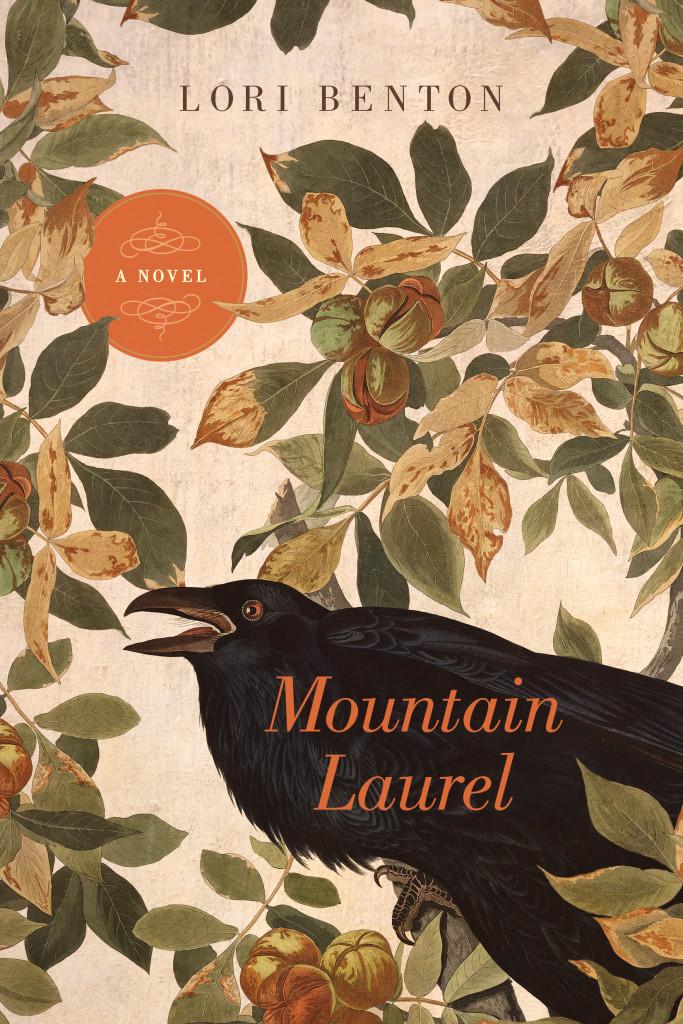
North Carolina, 1793
Ian Cameron, a Boston cabinetmaker turned frontier trapper, has come to Mountain Laurel hoping to remake himself yet again—into his planter uncle’s heir. No matter how uneasily the role of slave owner rests upon his shoulders. Then he meets Seona—beautiful, artistic, and enslaved to his kin.Seona has a secret: she’s been drawing for years, ever since that day she picked up a broken slate to sketch a portrait. When Ian catches her at it, he offers her opportunity to let her talent flourish, still secretly, in his cabinetmaking shop. Taking a frightening leap of faith, Seona puts her trust in Ian. A trust that leads to a deeper, more complicated bond.
As fascination with Seona turns to love, Ian can no longer be the man others have wished him to be. Though his own heart might prove just as untrustworthy a guide, he cannot simply walk away from those his kin enslaves. With more lives than his and Seona’s in the balance, the path Ian chooses now will set the course for generations of Camerons to come.
A story of choice and consequence, of bondage and freedom, of faith and family.
In your research, did you come across any true stories like Ian and Seona’s story?
Stories like Ian and Seona’s were common in the antebellum South. Some were more complicated than what I’ve depicted. Most did not end with the changed heart of a man who chose to take responsibility for his ‘shadow family’ living among the community he, his father, uncle, or neighbor enslaved. Some provided for their children in the slave quarter, with varying degrees of compassion. Others were indifferent. Some sold their offspring away to lifelong enslavement elsewhere. That a heart could be so hardened to one’s own children is one of the darker morally corrupting facets of chattel slavery. I wrote about it with the intention that the light of redemption and grace I wanted to shine through it would be the brighter.
Readers interested in learning how fraught with complications the life of an enslaved woman who caught the eye of her white master could be should read Harriet Jacobs’ narrative: Incidents in the Life of a Slave Girl.
What did you learn from writing Mountain Laurel?
About nine years into my writing journey, I was diagnosed with Hodgkin’s Lymphoma. After a year of treatment I was pronounced in remission and presumed I’d pick up where I left off with the novel I’d been writing at the time of my diagnosis. That’s not what happened. I experienced an unexpected side effect of chemotherapy—chemo fog. I could no longer meet the mental demands of novel writing. In those days my identity was wrapped up in being a writer. With that stripped away, who was I? Eventually I stopped spinning my wheels trying to get back what I’d lost and surrendered to God my desire to write and the hope of being published.
Fast forward a few years. I read Drums of Autumn. I saw The Patriot. And with a notion of a story set during the 1790s starting to pester me like old times, I felt that passion to write stirring in me again. But could I do it? Not just write a novel, but give myself what amounted to a history degree? I took a leap of faith, trusted God for healing, and began. Over the next five years I learned that God’s plans for me are good, but His timing is His own. I learned that writing must never again become an idol. I learned how to lean into Him daily for the clarity to write. My mind will never be as sharp as it was before chemotherapy, but in my weakness He has shown His strength repeatedly.
What is your hope for readers of this novel?
Here’s a wonderful thing I’ve discovered about celebrating the grace and redemptive power of Jesus Christ in the form of story. While I’ve had my conversation with the Lord about these characters and themes, heard from Him and grown in the writing, after the book is published it becomes the reader’s turn. It amazes me how God speaks to each reader’s heart something unique—sometimes things I wasn’t even conscious of weaving into the story. Whatever that turns out to be with Mountain Laurel, my hope is that readers are drawn closer to the Lord through Seona and Ian’s story, that they turn that last page more in love with our gracious Jesus than when they began.
What can we expect from future books in the Kindred series?
Shiloh is the title of Mountain Laurel’s sequel, but it’s also a sequel to another novel of mine, Burning Sky. Over the years I’ve received requests to write more of several characters’ stories, but no character has received more such requests than the Mohawk warrior, Joseph Tames-His-Horse, introduced in Burning Sky. I have waited a very long time to announce that I have found a way to grant that request. While Shiloh is primarily the second half of Ian and Seona’s story, Joseph plays a significant role in it. If you have yet to meet Joseph Tames-His-Horse, then for the sake of his obviously compelling story having the greatest impact, I recommend reading Burning Sky before Shiloh releases in 2021. In the pages of Shiloh readers will also encounter Willa, Neil, and other characters from Burning Sky, twelve years beyond the point that novel ended.
Thank you, Lori! I’m so excited to read more about Joseph Tames-His-Horse <3

Lori Benton was raised in Maryland, with generations-deep roots in southern Virginia and the Appalachian frontier. Her historical novels transport readers to the eighteenth century, where she expertly brings to life the colonial and early federal periods of American history. Her books have received the Christy Award and the Inspy Award and have been honored as finalists for the ECPA Book of the Year. Lori is most at home surrounded by mountains, currently those of the Pacific Northwest, where, when she isn’t writing, she’s likely to be found in wild places behind a camera. Her latest novel, Mountain Laurel, is newly released.
Relz Reviewz Extras
All Things Benton @ Relz Reviewz
Website | Instagram | Facebook
Buy from Amazon: Mountain Laurel or Koorong
Giveaway
with thanks to Tyndale House Publishers
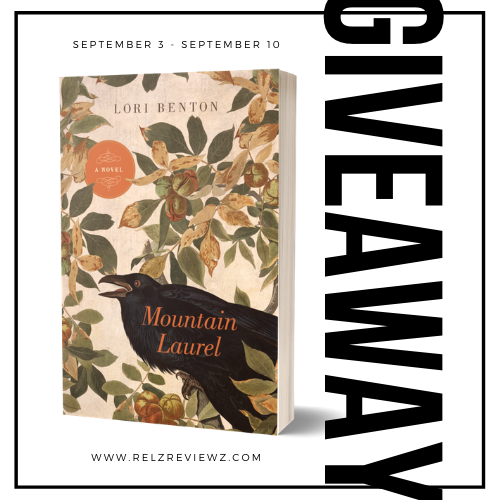

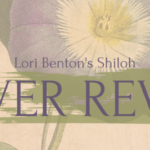
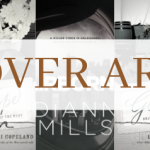
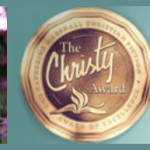

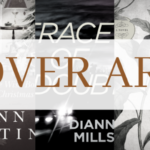
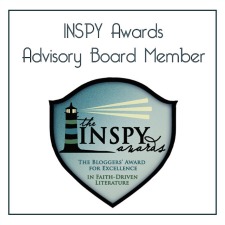




September 3, 2020 at 6:57 pm
I had the pleasure of reading King’s Mercy recently and absolutely loved the book. Thanks for the opportunity! I need to get started on her backlist of books too!
September 4, 2020 at 1:28 am
Lori is an amazing author. I’m looking forward to reading “Mountain Laurel”!
September 4, 2020 at 2:15 am
Lori Benton is a new to me author. Just want to say that I adore the cover of Mountain Laurel!
September 4, 2020 at 4:18 am
I can’t wait to read Mountain Laurel! I absolutely adore the cover!
September 4, 2020 at 5:08 am
Always excited for a new book by Lori. I have read and own every one of her books! I love reading her portrayal of early American history.
September 4, 2020 at 5:24 am
I don’t think I’ve read any of Lori’s books before but this one sounds super good! I’ll have to check it out.
September 4, 2020 at 5:52 am
I haven’t read any of Lori’s books yet, but I’ve heard great things about them! This one sounds wonderful Thanks for the chance to win!
September 4, 2020 at 10:42 am
I’m so looking forward to reading this book?
September 4, 2020 at 3:29 pm
I’ve read three of Lori’s books and would love to read this one too. Thanks for the chance to win!
September 4, 2020 at 7:01 pm
I’ve heard of Laurie but don’t remember if I have read any of her books.
September 4, 2020 at 11:48 pm
I have read a couple of Lori Benton’s books and I do enjoy them. I like the fact that she does not shy away from the tough aspects of life. The time period she writes in makes it come to life for me. She is also not hesitant to share the grittier part of the story.
September 5, 2020 at 1:34 am
She’s new to me. Thanks for the chance.
September 5, 2020 at 5:26 am
Earlier this year I got a copy of Many Sparrows from somewhere, and loved it! Then I read all Lori’s books that were available through Kindle Unlimited, bought several when on sale for Kindle, and have devoured all of them.
September 6, 2020 at 8:15 am
Lori’s books are new to me. The sound really good.
September 7, 2020 at 3:18 am
I have some of hr books in my TBR ebooks but apparently I have not read any.
September 8, 2020 at 5:08 pm
I read Many Sparrows? Last year. It was amazing! I keep saying I’m going to check out her other books!